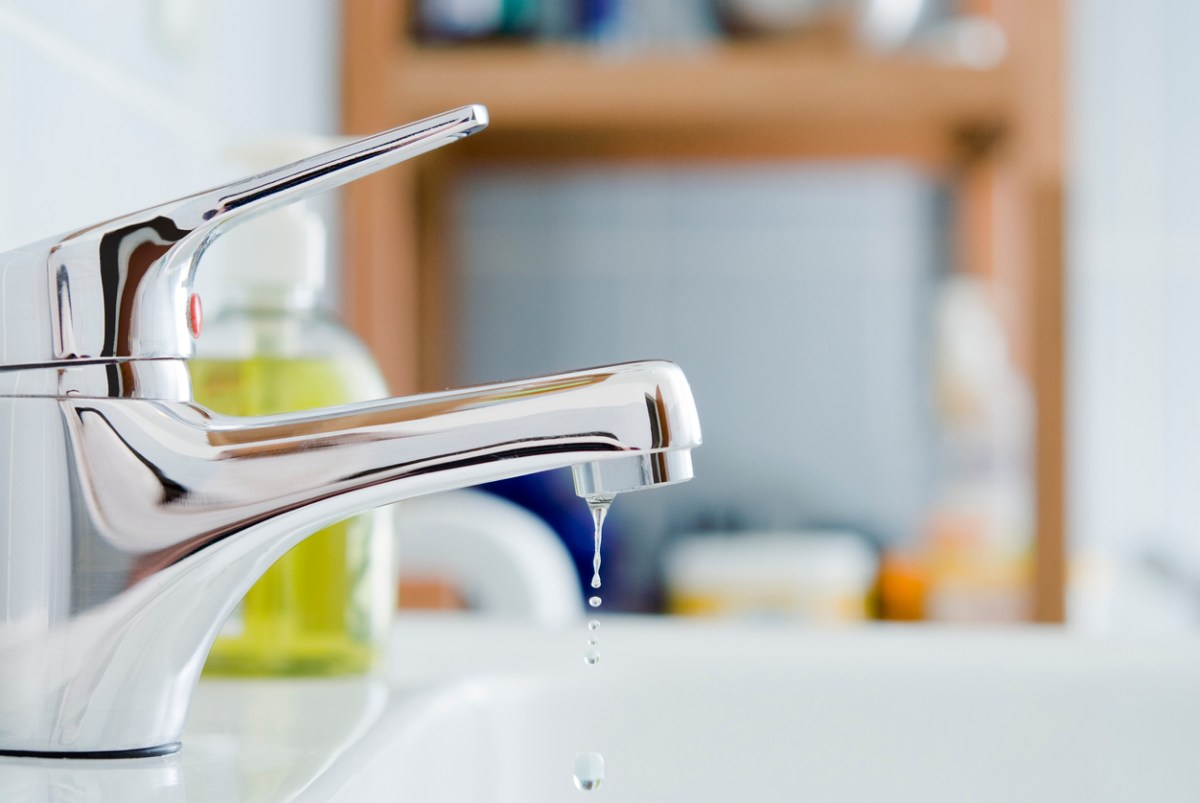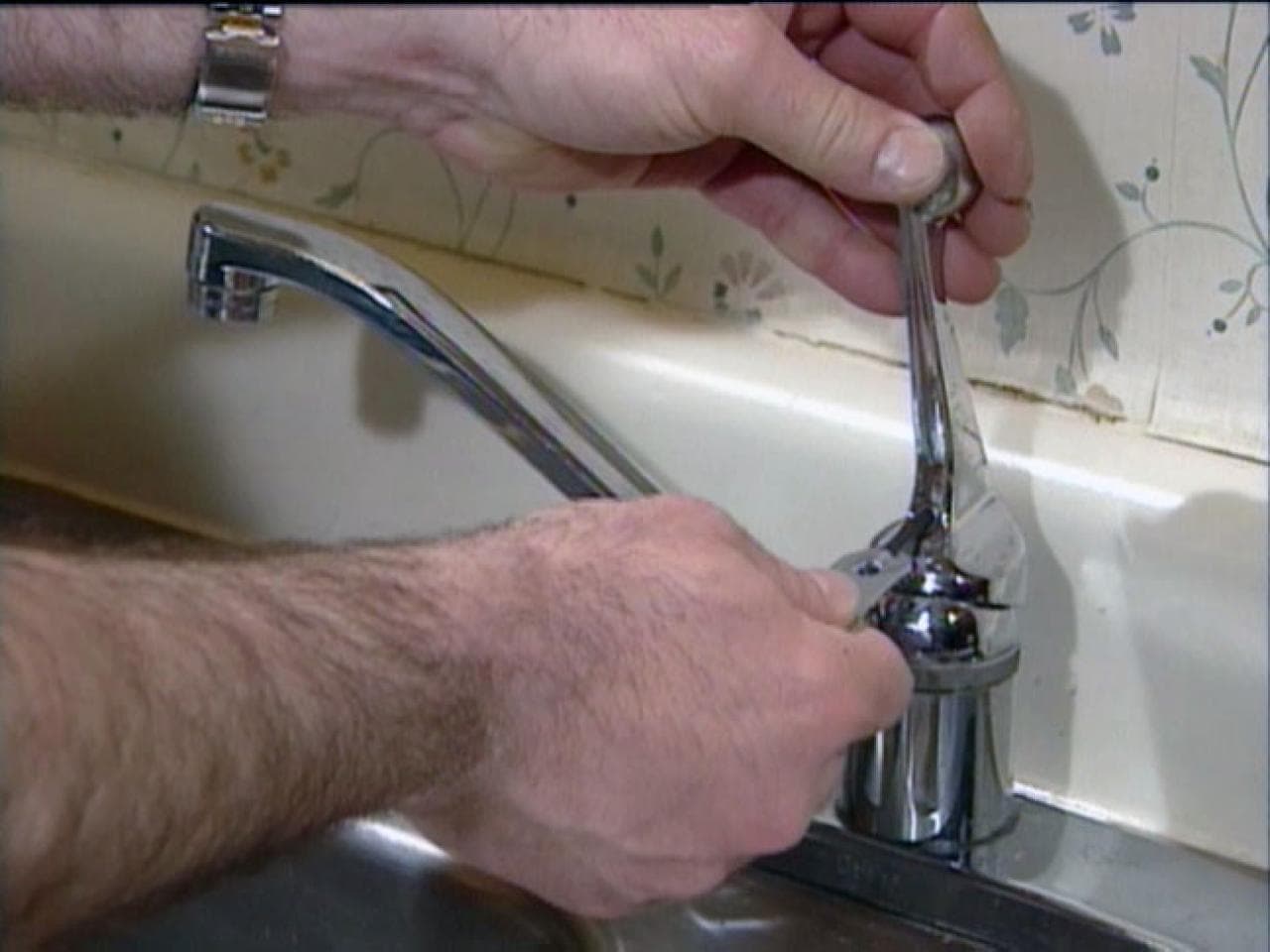Why It's Vital to Mend a Broken Faucet
Why It's Vital to Mend a Broken Faucet
Blog Article
What are your ideas on Why Are My Faucets Dripping (And Can I Fix It Myself)??

Dripping taps could appear like a minor inconvenience, yet their effect exceeds simply the nuisance of the noise. From wasting water to sustaining unnecessary economic expenses and health threats, disregarding a trickling faucet can bring about different effects. In this short article, we'll look into why it's vital to address this typical house problem promptly and efficiently.
Wastefulness of Water
Environmental Effect
Trickling taps contribute substantially to water wastage. According to the Environmental Protection Agency (EPA), a single tap trickling at one drip per secondly can waste more than 3,000 gallons of water per year. This not only stress water resources however likewise impacts ecological communities and wild animals depending on them.
Step-by-Step Overview to Repairing a Dripping Tap
Devices Required
Before trying to repair a dripping faucet, gather the essential devices, including a flexible wrench, screwdrivers, replacement components (such as washing machines or cartridges), and plumber's tape.
Common Tap Issues and Their Solutions
Determine the type of faucet and the particular issue triggering the drip. Common problems consist of worn-out washers, rusty shutoff seats, or faulty O-rings. Refer to producer directions or online tutorials for step-by-step assistance on fixings.
Financial Prices
Raised Water Costs
Past the environmental impact, dripping taps can inflate water expenses significantly. The built up waste in time translates into greater energy costs, which might have been stayed clear of with prompt repairs.
Possible Building Damages
Furthermore, extended leaking can result in harm to components and surface areas bordering the faucet. Water build-up can cause discoloration, rust, and even structural concerns if left neglected, causing extra repair work costs.
Health Problems
Mold And Mildew and Mildew Growth
The consistent existence of moisture from a leaking faucet develops an ideal setting for mold and mold growth. These fungi not just compromise interior air quality yet likewise posture health and wellness risks, specifically for individuals with breathing conditions or allergies.
Waterborne Conditions
Stagnant water in trickling taps can end up being a breeding place for bacteria and various other pathogens, raising the threat of waterborne conditions. Pollutants such as Legionella germs thrive in stationary water, potentially causing serious illnesses when ingested or breathed in.
Do it yourself vs. Specialist Repair service
Benefits and drawbacks of Do It Yourself Repair
While some might try to repair a dripping faucet themselves, DIY repair services include their own collection of obstacles. Without appropriate knowledge and tools, do it yourself attempts can aggravate the issue or bring about incomplete repair services, lengthening the problem.
Benefits of Working With a Professional Plumber
Employing a specialist plumber ensures that the underlying root cause of the trickling tap is addressed efficiently. Plumbers possess the know-how and tools to detect and fix faucet problems effectively, conserving time and lessening the threat of more damages.
Ecological Obligation
Private Contribution to Conservation
Taking responsibility for taking care of leaking faucets aligns with broader efforts towards water conservation and ecological sustainability. Every individual's activities jointly make a significant impact on maintaining precious resources.
Sustainable Living Practices
By focusing on prompt repair services and adopting water-saving practices, individuals add to lasting living techniques that profit both existing and future generations.
Safety nets
Routine Maintenance Tips
To avoid dripping taps, carry out routine maintenance such as cleaning aerators, inspecting for leakages, and replacing damaged parts promptly. Additionally, take into consideration setting up water-saving devices or updating to more effective components.
Significance of Prompt Fixes
Dealing with leaking taps as quickly as they're noticed avoids more water wastefulness and potential damage, eventually conserving both water and cash over time.
Influence On Building Value
Assumption of Well-Maintained Property
Preserving a residential or commercial property in good condition, consisting of addressing maintenance issues like leaking taps, boosts its regarded value and charm amongst possible customers or tenants.
Influence on Resale Value
Residences with well-maintained plumbing components, including taps, command higher resale values in the property market. Addressing trickling taps can contribute to a favorable impression throughout residential property evaluations and arrangements.
Conclusion
Resolving a dripping tap goes beyond simple ease; it's a vital action towards conserving water, minimizing economic costs, and protecting wellness and home. Whether via DIY repair services or professional help, taking action to take care of trickling faucets is a little yet impactful means to promote accountable stewardship of sources and contribute to a much healthier, more sustainable future.
How to Fix a Leaky Faucet: Step-by-Step Repair Guide
A leaky faucet may seem like a simple annoyance, but if it's not fixed promptly, that leak could cost hundreds to potentially thousands. From water damage to mold, mildew, and high water bills, even a tiny leak can be catastrophic if left unattended. Damage like this can even affect the overall value of your home, so it's important to take the right approach for leaky faucet repair. You may need the help of a plumber in some cases, but we've got a few tips you can try on how to fix a leaky faucet before calling the pros.
Four Faucet Types
When you're learning how to fix a leaky faucet, the first step is knowing what kind of faucet you're working with! There are four common types.
Cartridge Faucets
Cartridge faucets come in one- or two-handled varieties. In one-handled cartridge faucets, hot and cold water combines in a single cartridge. In the two-handled versions, hot and cold water are controlled separately and mixed in the faucet.
Ball Faucets
Ball faucets have a single lever you push up and down to adjust the pressure and rotate to change the temperature. A slotted metal ball controls the amount of water allowed into the spout.
Compression Washer Faucets
They're the oldest type of faucet, but they're still used in many homes — especially older ones. Compression faucets have two separate handles that, when turned, raise or lower the washer that seals a water valve. This valve stops water from flowing through the faucet when it is turned off.
Disc Faucets
Disc faucets rarely need to be repaired due to their maintenance-free design. The water flow is controlled by two discs — the upper one raises and lowers against a fixed lower disc, creating a watertight seal. If your disc faucet starts leaking, you may need to replace the seals or clean residue buildup from the inlets.
Fixing a Leaky Faucet
Step 1: Turn Off the Water
Whether you're learning how to fix a leaky bathtub faucet or how to fix a leaky kitchen faucet, always turn off the water supply to your working area when you're fixing a leak. The last thing you want is a flood added to your list of things to fix.
Look for the shutoff valves below your sink or around the tub and turn them clockwise to stop the water flow. If your faucet doesn't have shutoff valves, you may need to turn off the water for the whole house. Check to make sure it's off by turning the faucet on. If nothing comes out, you're ready to start the repair.
Step 2: Take Apart the Faucet
How you disassemble your faucet depends on the type of fixture you have. You can use a flathead screwdriver to remove the caps on top of the handle or handles for cartridge and compression faucets. Inside, you should see handle screws. Unscrew these with a screwdriver to remove the handle.
Disc- and ball-style faucets will typically have an inlet screw near the handle, and removing that will reveal the interior of the faucet.
Detach the Valve Stem
For cartridge- and compression-style faucets, you'll see the inner valve stem or cartridge once you remove the faucet handles. If you have a compression faucet, unscrew the brass valve stem. If you have a cartridge faucet, pull out the cartridge. If your cartridge has been in place for a while, it may require some tools or extra force to remove it due to mineral deposits.
Examine and Replace Parts
Once you've removed the parts, check them out to confirm what needs to be replaced. You may see corroded rubber washers, O-rings, stems, or cartridges. On a ball-style faucet, check the seats and springs for damage.
If you need to repair a leaky disc faucet, check the inlet and seals on the lower disc.
Once you determine what parts must be replaced, visit your local hardware store. Bring the damaged parts with you to ensure you can purchase the correct components to replace them.
Clean Valves and Faucet Cavity
If you've removed a stem or cartridge, you may notice mineral buildup in the faucet's threads. Use white vinegar to clean the valve seat by soaking it for a few minutes, then scrub it away with a soft toothbrush and rinse with warm water. You can also clean the interior of the faucet in the same way.
Reassemble the Faucet
Once your faucet is cleaned and the required parts have been replaced, it's time to reassemble it. Put the pieces back together and slowly turn the water supply back on. Doing this slowly is crucial because too much initial water pressure can damage the new hardware you've just installed.
https://homewarranty.firstam.com/blog/how-to-fix-leaky-faucet

As a passionate reader on Water Dripping from Faucet: Why and How to Fix, I thought sharing that piece of content was essential. Kindly take the opportunity to promote this write-up if you enjoyed reading it. I love your readership.
Report this page